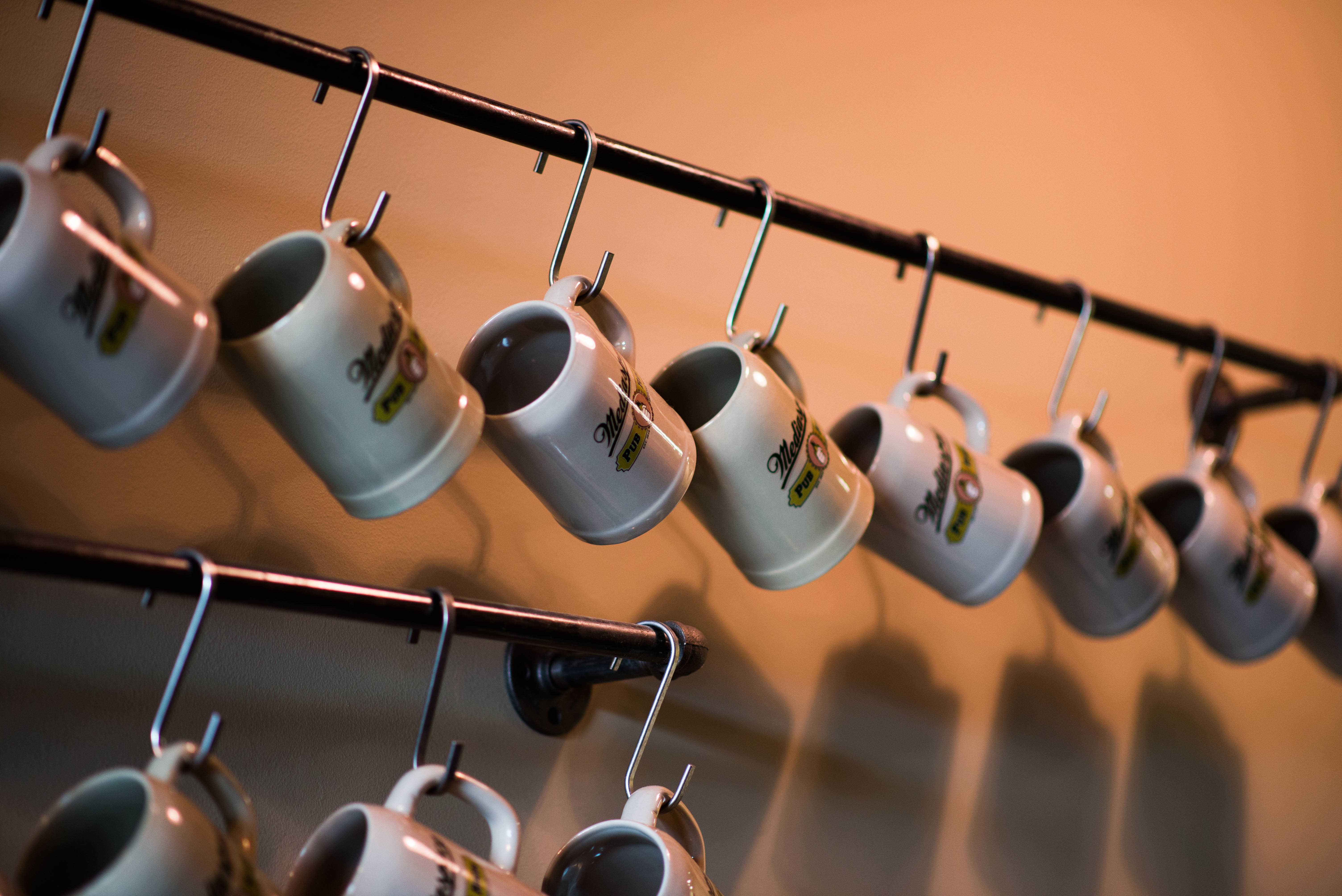Newspaper advertising is one of the oldest and most effective forms of traditional advertising. And according Nielsen, nearly 170 million American adults still read a newspaper. 51% of those read the print version of newspapers exclusively, making newspaper advertising one of the best ways to extend local reach.
Many business owners we’ve worked with have had concerns that they couldn’t afford to advertise in the newspaper. They have bought into the concept that “digital advertising is more cost-effective than print.” When you consider that the average cost of an ad on Google ads is $2.32 per click, or that the average small business spends between $9,000 and $10,000 per month on Google ads, you have to ask yourself how much of that cost results in revenue?
But studies over the last 5 years have consistently shown that when it comes to helping consumers make purchasing decisions, print ads found in newspapers and magazines drove more action.
Beyond this benefit, we’d also like to point out that, if you know what you’re doing, there are many ways you can negotiate much lower prices on your newspaper campaigns. This makes newspaper ads more affordable and effective than many digital channels.
How are Newspaper Ads Priced?
There are different factors that will ultimately determine how much your advertising campaign will cost. The main factors are:
Circulation
It goes without saying that the higher the circulation of that newspaper, the more you will spend on the ad. A national newspaper ad will cost far more than your local or regional newspaper ad. Many newspapers will list circulation right on their rate card. If you don’t see it, speak with the paper’s sales rep.
But also note that some newspapers will list their readership instead of circulation on their rate card, and this is NOT the same thing as circulation. While circulation refers to number of newspapers delivered, readership assumes that multiple people in a household will read the same paper. Ignore this number and focus on circulation to help calculate cost.
Size
The bigger the ad, the more it will cost. If you want your ad to run in color, you can also expect added costs.
Run
How many times do you need your ad to run? If you need a multiple run (as most marketers do), you’ll pay more overall but less for each individual ad.
Day of the Week and Section
Want your ad to run on a Sunday? You’ll pay more than on any other day of the week. If you want your ad to run in the main section, instead of say in the travel or sports section, you will also pay more.
Now that you know some of the pricing factors, let’s get down to business and discuss some ways you can get a discount – and sometimes a massive discount – on your newspaper ad campaign:
Go Local
Small businesses do not need to spend their entire ad budget to try and get an ad in the New York Times or Washington Post. Generally speaking, focusing on local and regional newspapers will yield better results for less money.
If you’re not sure of all the newspapers that may be available in your local area, visit USNPL, which lists newspapers by state and city.
More Means Less
As I just mentioned, the more you run your ad, the less it will cost each time. This is a win/win because your prospects will need to see your ad multiple times before they take action.
Look on the newspaper’s rate card to find their run discounts. Sometimes you may be able to get a discount for the number of column inches you buy. In the newspaper advertising world, the more you are willing to buy, the more discounts you will be able to get. Newspapers are like hotels, they need to sell ad space (rooms) and would rather offer discounts to people than have empty space (vacant rooms).
Remnant Space
Remnant space ads are an incredibly cost-effective way to advertise in the newspaper. This strategy means you allow the newspaper publishers to place your ad where they need it to go. Remember how I said newspapers are like hotels and they do NOT want to run their paper with any blank spaces? You’re helping them out by letting them put your ad where they need to. Obviously you won’t have as much control, but when you’re just starting out and have a tiny budget, this can be a great way to get your ad in front of a large audience for less.
Just Ask
One of the best ways to get a discount is to simply ask for it. When speaking with your rep, say, “What can you do for me?” or “How can we get this number down?” Again, they are in the business to sell ad space, they want to work with you and form a long-term relationship, so they will generally throw out some ideas.
Newspaper advertising is by far one of the most cost-effective ways to increase your brand exposure and build trust within your local community. If you’d like to work with a media buyer on your next ad campaign, give us a call. We have built many relationships with newspaper publishers all across the country and can help make your next campaign Newspaper advertising is one of the oldest and most effective forms of traditional advertising. And, according Nielsen, nearly 170 million American adults still read a newspaper. 51% of those read the print version of newspapers exclusively, making newspaper advertising one of the best ways to extend local reach.
Many business owners we’ve worked with have had concerns that they couldn’t afford to advertise in the newspaper. They have bought into the concept that “digital advertising is more cost-effective than print.” When you consider that the average cost of an ad on Google ads is $2.32 per click, or that the average small business spends between $9,000 and $10,000 per month on Google ads, you have to ask yourself how much of that cost results in revenue?
But studies over the last 5 years have consistently shown that when it comes to helping consumers make purchasing decisions, print ads found in newspapers and magazines drove more action.
Beyond this benefit, we’d also like to point out that, if you know what you’re doing, there are many ways you can negotiate very affordable prices on your newspaper campaigns.
How are Newspaper Ads Priced?
There are different factors that will ultimately determine how much your advertising campaign will cost. The main factors are:
Circulation
It goes without saying that the higher the circulation of that newspaper, the more you will spend on the ad. A national newspaper ad will cost far more than your local or regional newspaper ad. Many newspapers will list circulation right on their rate card. If you don’t see it, speak with the paper’s sales rep.
But also note that some newspapers will list their readership instead of circulation on their rate card, and this is NOT the same thing as circulation. While circulation refers to number of newspapers delivered, readership assumes that multiple people in a household will read the same paper. Ignore this number and focus on circulation to help calculate cost.
Size
The bigger the ad, the more it will cost. If you want your ad to run in color, you can also expect added costs.
Run
How many times do you need your ad to run? If you need a multiple run (as most marketers do), you’ll pay more overall but less for each individual ad.
Day of the Week and Section
Want your ad to run on a Sunday? You’ll pay more than on any other day. If you want your ad to run in the main section, than say in the travel or sports section, you will also pay more.
Now that you know some of the pricing factors, let’s get down to business and discuss some ways you can get a discount – and sometimes a massive discount – on your newspaper ad campaign:
Go Local
Small businesses do not need to spend their entire ad budget to try and get an ad in the New York Times or Washington Post. Generally speaking, focusing on local and regional newspapers will yield better results for less money.
If you’re not sure of all the newspapers that may be available in your local area, visit USNPL, which lists newspapers by state and city.
More Means Less
As I just mentioned, the more you run your ad, the less it will cost each time. This is a win/win because your prospects will need to see your ad multiple times before they take action.
Look on the newspaper’s rate card to find their run discounts. Sometimes you may be able to get a discount for the number of column inches you buy. In the newspaper advertising world, the more you are willing to buy, the more discounts you will be able to get. Newspapers are like hotels, they need to sell ad space (rooms) and would rather offer discounts to people than have empty space (vacant rooms).
Remnant Space
Remnant space ads are an incredibly cost-effective way to adavertise in the newspaper. This strategy means you allow the newspaper publishers to place your ad where they need it to go. Remember how I said newspapers are like hotels and they do NOT want to run their paper with any blank spaces? You’re helping them out by letting them put your ad where they need to. Obviously you won’t have as much control, but when you’re just starting out and have a tiny budte, this can be a great way to get your ad in front of a large audience.
Just Ask
One of the best ways to get a discouont is to simply ask for it. When speaking with your rep, say, “What can you do for me?” or “How can we get this number down?” Again, they are in the business to sell ad space, they want to work with you and form a long-term relationship, so they will generally throw out some ideas.
Newspaper advertising is by far one of the most cost-effective ways to increase your brand exposure and build trust within your local community. If you’d like to work with a media buyer on your next ad campaign, give us a call. We have built many relationships with newspaper publishers all across the country and can help make your next campaign affordable and effective.



